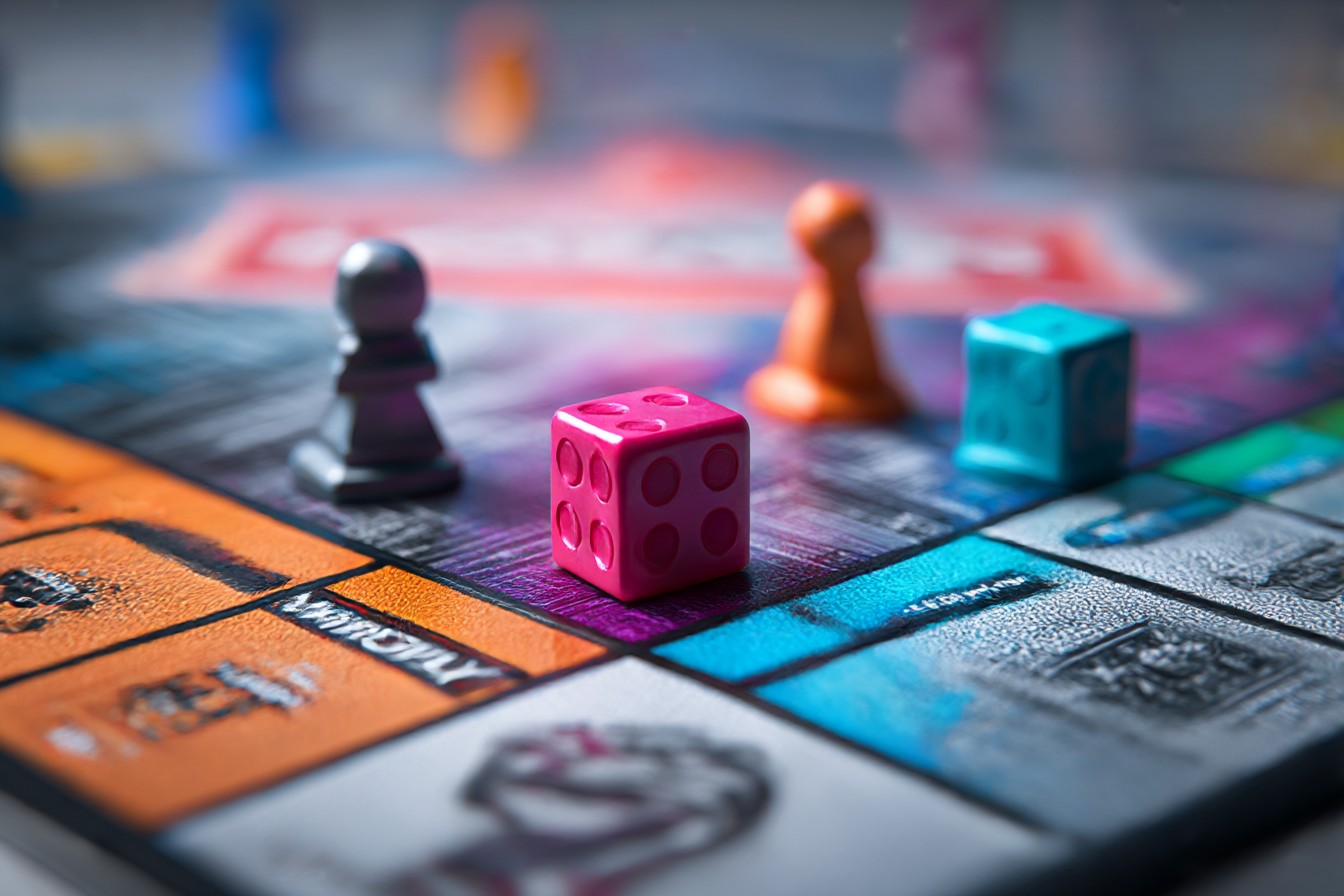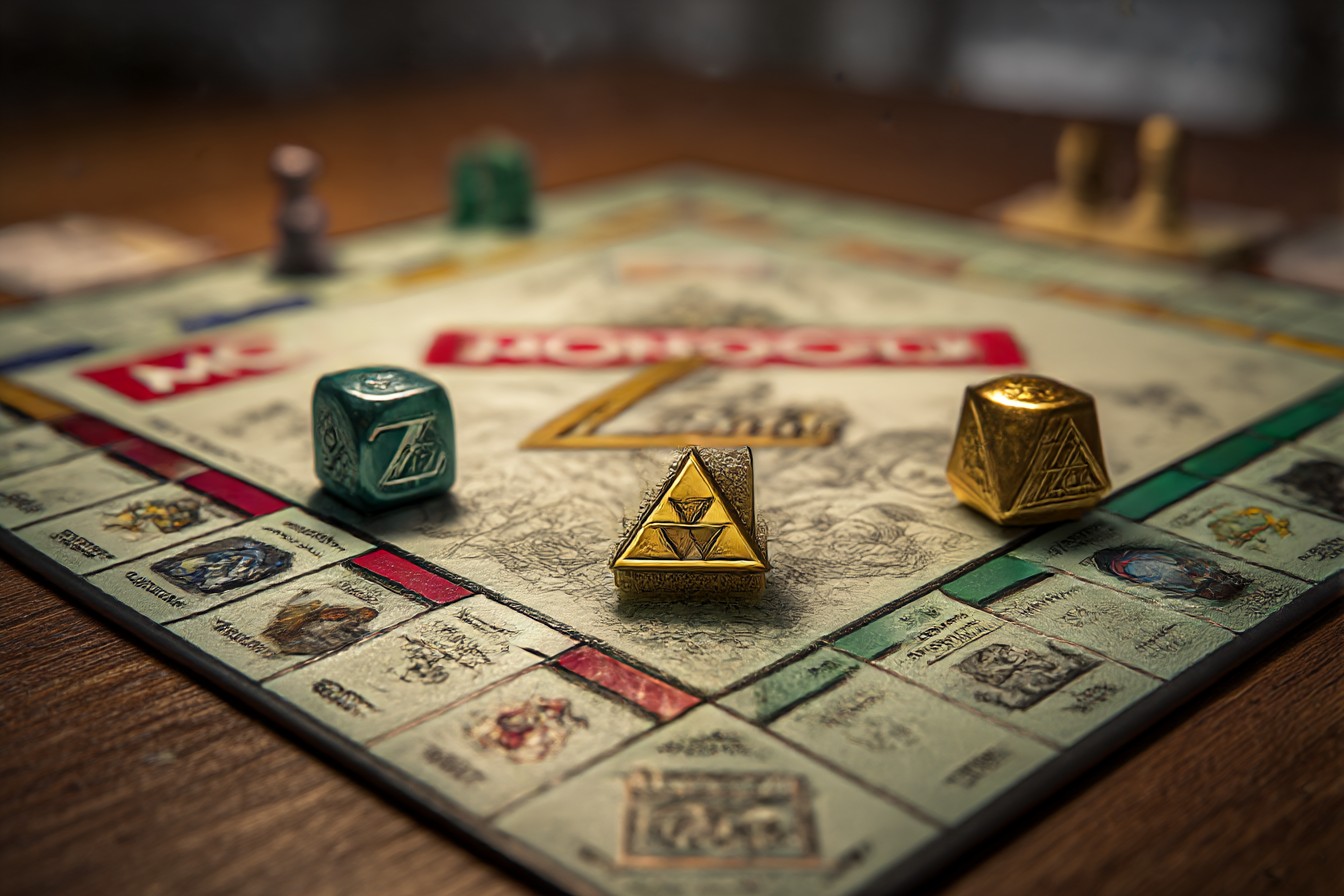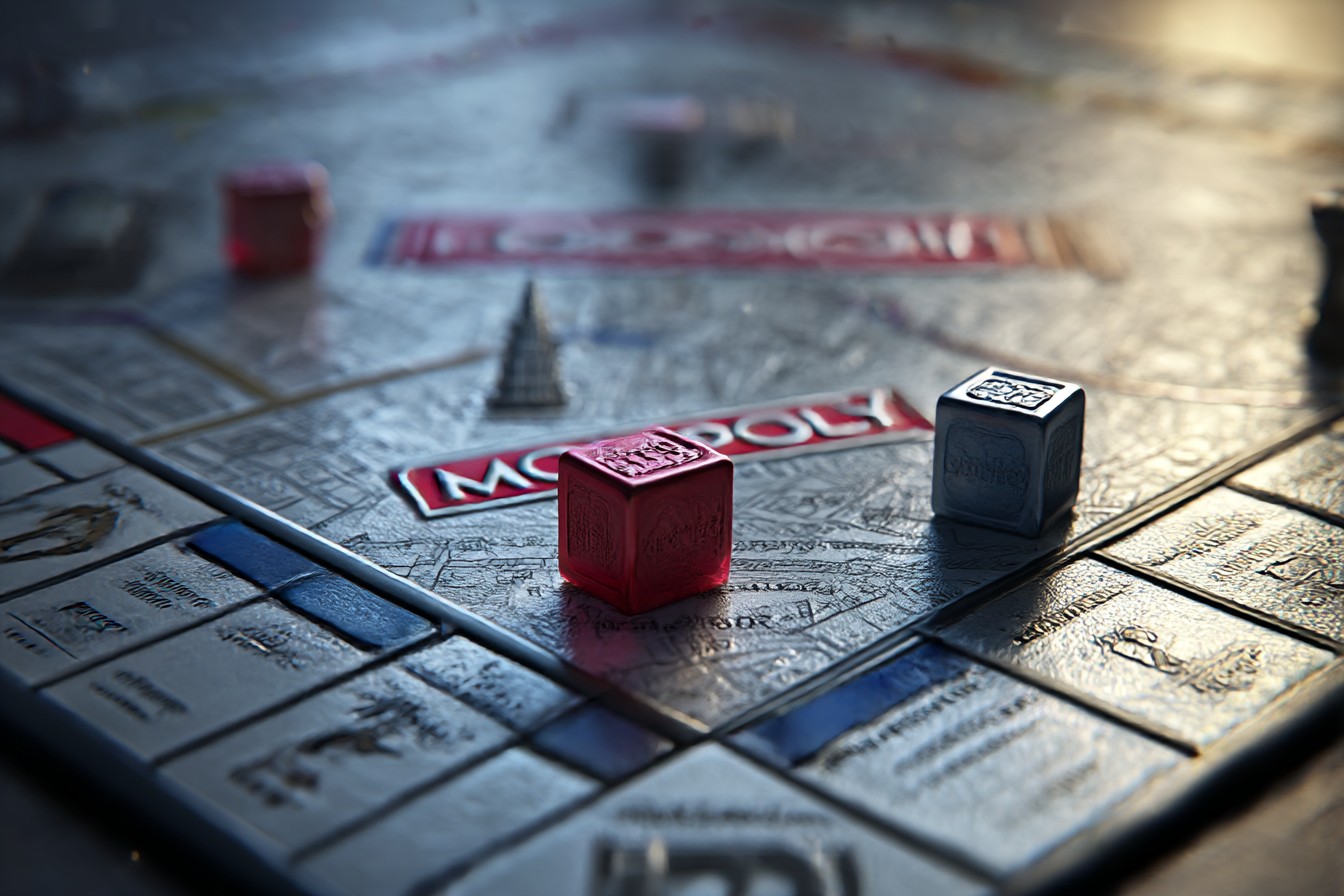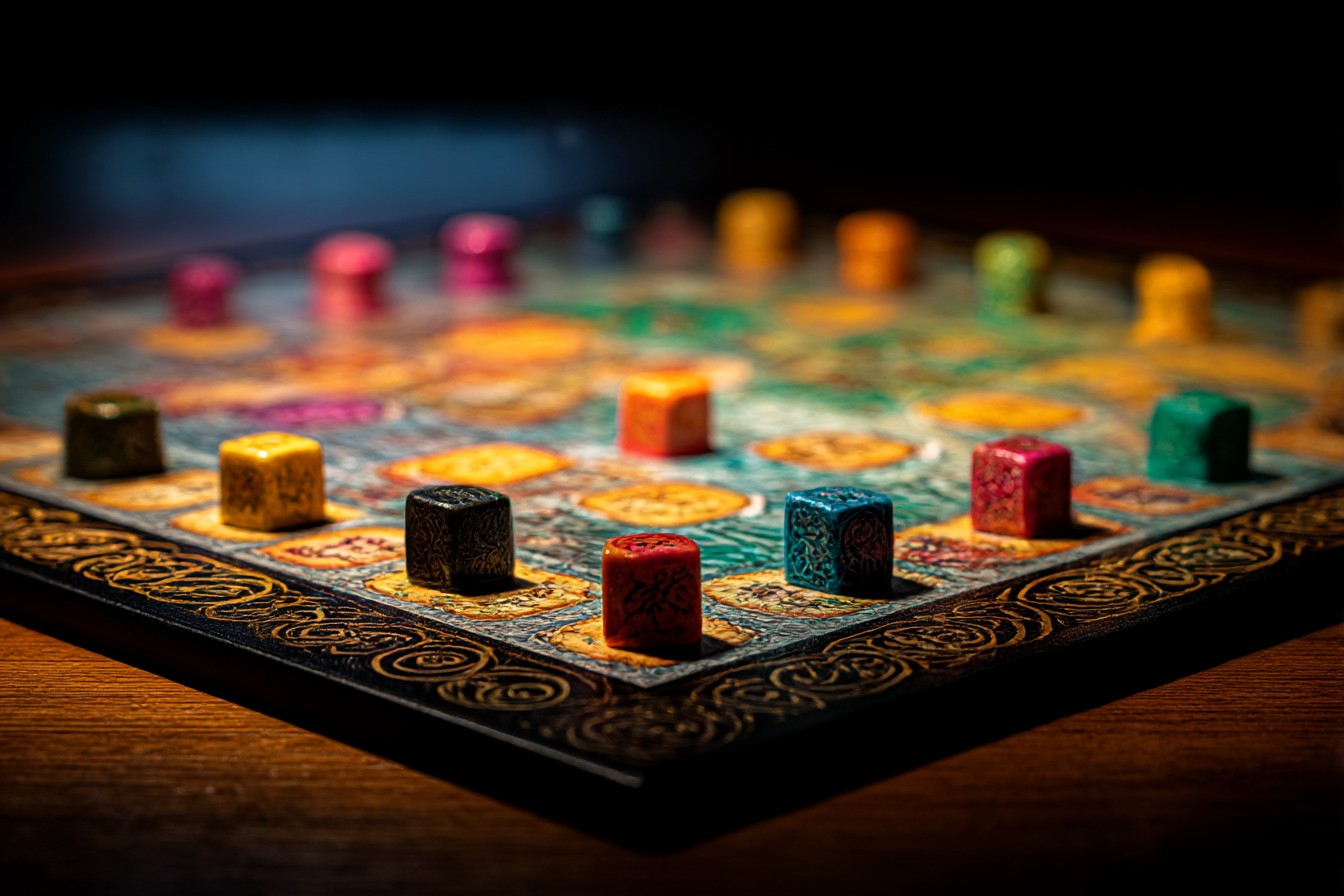I’ll be honest – when Mark pulled Grand Austria Hotel out of his bag three years ago during our usual Thursday gaming session, I internally groaned a little. The artwork looked… nice? Pleasant hotel scenes, cheerful colors, the kind of thing that screamed “family game” to me. After spending most of my gaming time with stuff like Brass and Twilight Struggle, I’d gotten pretty snobbish about games that looked too accessible. Man, did I eat those words hard.
This Stefan Feld design ended up becoming one of my group’s most-requested games, and I’m still discovering new things about it after probably forty plays. It’s this weird sweet spot of being approachable enough that I can teach it to my coworkers who ask for game recommendations, but deep enough that our hardcore gaming group never gets tired of it.
The theme actually works, which shouldn’t be revolutionary but honestly feels rare these days. You’re running a hotel – preparing rooms, serving guests coffee and cake, hiring staff, trying to keep some emperor dude happy. Every action makes sense thematically, unlike those euros where you’re supposedly trading in the Mediterranean but really just moving wooden cubes around for points. When I prepare a double room and then house a guest who specifically wanted a double room, it feels logical rather than arbitrary.
But here’s where it gets interesting mechanically. Each round, someone rolls a pile of dice that determine what actions everyone can take. First time I saw this I thought “great, another dice-fest where luck determines everything.” Wrong again. The dice create this shared puzzle that all players are solving simultaneously, just with different priorities and resources. Yeah, there’s randomness, but it’s the kind of randomness that creates interesting decisions rather than determining outcomes.
My “aha” moment came maybe five or six games in. I’d been approaching it like Agricola or something – carefully building long-term engines, planning elaborate sequences of actions. Then Sarah, who’d been quietly destroying all of us, explained her approach over post-game drinks. She stayed flexible, adapted to whatever dice were available, grabbed opportunities when they appeared rather than forcing some predetermined strategy. Next game I tried her approach and finally scored above 100 points for the first time.
The guest mechanism trips up everyone initially. I know because I’ve taught this game maybe fifteen times now and I see the same mistakes every time. Guests have specific requirements – they want particular room types, certain foods, specific amenities. New players try to satisfy every guest perfectly, spreading their resources everywhere and accomplishing nothing efficiently. The trick is being selective. Focus on guests whose requirements match what you can actually provide, and let the others go to different players.
I learned this lesson the hard way during a particularly frustrating game where I kept taking guests I couldn’t actually serve, then scrambling to meet their requirements while other players steadily accumulated points with simpler, more achievable goals. It’s classic analysis paralysis – trying to optimize everything instead of executing something well.
Room preparation follows similar logic. You can’t just prepare rooms randomly based on available dice. I study the guest cards in my hand and plan accordingly. If I’m holding three guests who want double rooms, I’ll prioritize those preparations even if single rooms look easier to complete. This seems obvious now but took me probably ten games to internalize.
Staff cards add another layer that I completely ignored initially. They seemed too expensive – why spend precious krones hiring staff when I could use that money for immediate point-scoring opportunities? Turns out, good staff combinations are incredibly powerful. A skilled cook makes food preparation way more efficient, and experienced housekeeping staff can accelerate room preparation significantly. Sarah convinced me to try a staff-heavy strategy one game and I was amazed how much smoother everything felt.
The scoring system rewards balance, which sounds boring but creates constant tension. You get points for completed guests, prepared rooms, staff efficiency, emperor track progress – but there are penalty spaces that’ll wreck your final score if you ignore any area completely. I’ve seen players build amazing engines only to lose because they completely neglected the emperor track. Similarly, I’ve lost games where I focused too much on immediate guests and didn’t prepare enough rooms.
Speaking of the emperor track – this might be the most misunderstood part of the game. Most new players treat it as an afterthought, focusing on obvious point-scoring instead. But emperor advancement provides crucial benefits throughout the game, and falling behind is devastating. The trick is finding efficient ways to advance without derailing your primary strategy. Look for staff or bonus actions that provide emperor movement as secondary benefits.
Money management killed me for my first several games. Everything costs krones – room preparation, staff hiring, serving food. I’d run out of money regularly until I learned to balance expenses with income generation. Certain guests provide ongoing krone income when completed, and some staff offer financial benefits that compound over time. It’s not exciting, but cash flow planning is essential for success.
Politics cards seemed like an afterthought initially, but they’re actually quite important. They provide immediate benefits plus influence emperor track movement and end-game scoring. I learned to evaluate them not just for immediate effects but for strategic fit. Sometimes taking a less obviously valuable politics card is correct if it sets up better future opportunities.
The player interaction is subtle but meaningful. It’s not directly confrontational like area control games, but the shared dice pool creates natural resource competition. When someone grabs all the dice of a particular color, it affects everyone else’s options. This indirect interaction feels civilized but still creates real interdependence between players.
Timing is everything in this game. I watch the dice carefully and plan turns around expected availability. If I need specific dice types, I’ll position myself early in turn order. If I’m flexible, going later sometimes provides better options as other players’ choices clarify what’s remaining.
End-game timing deserves special attention because Grand Austria Hotel can end suddenly when certain triggers occur. I’ve lost games by focusing too heavily on engine building without watching for end-game signs. Smart players monitor the game state and adjust strategies accordingly, sometimes abandoning long-term plans to secure immediate points.
After all these plays, I’ve developed intuition for dice probabilities and can plan multiple turns ahead. You can’t control exact results, but you can estimate likely outcomes and prepare contingencies. This skill separates experienced players from newcomers and makes the game more satisfying over time.
What I love about Grand Austria Hotel is how it rewards players who can juggle multiple priorities while staying adaptable. It’s gotten better with every play as I’ve developed understanding of its rhythms and patterns. Even now, I’ll discover new strategic possibilities or realize more efficient approaches to familiar situations. For a game I initially dismissed as too light, it’s proven to have remarkable staying power with my group.
Thomas lives in Seattle and treats board games like elegant puzzles. He dives into mechanisms, balance, and why certain designs just click. His writing is thoughtful, detailed, and perfect for players chasing that next strategic masterpiece.





